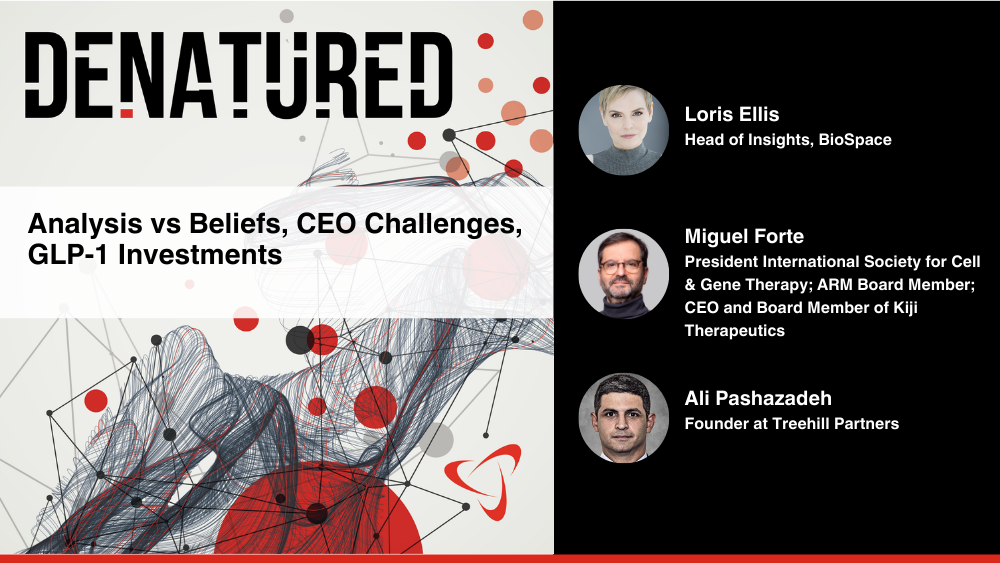IsoPlexis Corporation (NASDAQ: ISO), the Superhuman Cell Company, today announced the publication of a study in Cell, led by the Institute for Systems Biology and Seattle COVID consortium.
BRANFORD, Conn., Feb. 10, 2022 (GLOBE NEWSWIRE) --Isoplexis Corporation (NASDAQ: ISO), the Superhuman Cell Company, today announced the publication of a study in Cell, led by the Institute for Systems Biology and Seattle COVID consortium, in which researchers used IsoPlexis’ single-cell functional proteomics platform to identify factors that may predict sustained disease after COVID-19 infection, also known as Post-Acute Sequelae of COVID-19 (PASC) or Long COVID.
In the paper, titled “Multiple Early Factors Anticipate Post-Acute COVID-19 Sequelae,” researchers correlated patient symptoms with in-depth profiling of blood cells and plasma components throughout COVID-19 infection to identify factors associated with the development of PASC. PASC is the technical term for Long COVID, i.e., a range of new, returning, or ongoing health problems people can experience four or more weeks following infection. Authors followed 309 patients from initial clinical diagnosis to early-stage recovery from acute disease, spanning up to 2-3 months post diagnosis, as well as 457 control patients.
Using IsoPlexis’ single-cell functional proteomics platform, the researchers were able to identify correlations between the enhanced presence of certain polyfunctional immune cell types and the presentation of inflammation associated with PASC:
- Increased frequency of “supervillain” T cell subsets (CD4+ and CD8+ T cells) is positively associated with certain PASC symptoms/conditions, or endotypes, and disease severity at convalescence.
- Similarly, presence of “supervillain” monocytes in convalescent patients compared to healthy subjects is correlated with all of the major PASC endotypes, indicating the impact of monocytes on a sustained inflammation at convalescence.
- Natural killer (NK) cells in PASC endotypes played less of an active role in convalescence inflammation of PASC.
IsoPlexis’ single-cell functional proteomics provided a unique assessment to dissect the functional impacts of different cell types across multiple timepoints and the interplay between innate and adaptive immune responses that contributed to effector functions or inflammation in PASC.
This study follows a previously published Cell paper titled “Longitudinal profiling of respiratory and systemic immune responses reveals myeloid cell-driven lung inflammation in severe COVID-19,” where IsoPlexis’ platform identified mechanisms of inflammation in moderate to severe cases of COVID-19.
“Understanding the predictive biomarkers that correlate with the development of Long COVID, or PASC, is essential to identifying sustained inflammation early and may be key to the development of preventative measures and treatments for PASC and other chronic illnesses. This study shows how researchers can leverage single cell functional proteomics to gain a better understanding of how single-cell polyfunctionality of various immune cell types affect post-COVID-19 patient outcomes,” said James R. Heath, Ph.D. Dr. Heath is President and Professor at the Institute for Systems Biology in Seattle, and a Professor of Bioengineering at the University of Washington. He also co-founded IsoPlexis and is a member of the IsoPlexis scientific advisory board.
Visit our publications page to see the wide range of use cases for single-cell proteomics in accelerating a variety of immune therapies in high impact publications.
About IsoPlexis
IsoPlexis is the Superhuman Cell company.
IsoPlexis’ systems uniquely identify a comprehensive range of multifunctional single cells, i.e. the superhero cells in the human body. These cells enable researchers to understand and predict disease progression, treatment resistance and therapeutic efficacy to advance all of human health.
IsoPlexis has been named Top Innovation or Design by The Scientist Magazine, Fierce, BIG Innovation, Red Dot and multiple others. The IsoPlexis platform is used globally by researchers, including those at the top 15 global pharmaceutical companies and at two-thirds of leading U.S. comprehensive cancer centers.
Cautionary Note Regarding Forward Looking Statements
Certain statements in this press release are forward-looking statements that are subject to risks and uncertainties that could cause results to be materially different than expectations. Forward looking statements may be identified, in part, by use of words such as “is” or “may”. Important factors that could cause actual results to differ materially include: the rate of adoption of the Company’s technology by its customers and potential customers as well as the risk factors set forth in the Risk Factors section of the Company’s prospectus filed with the SEC. These forward-looking statements are not guarantees of future performance and speak only as of the date hereof, and, except as required by law, IsoPlexis disclaims any obligation to update these forward-looking statements to reflect future events or circumstances.
Investor Contact
investors@isoplexis.com
Press Contact
press@isoplexis.com
Related Links
www.isoplexis.com
SOURCE IsoPlexis
Related Links





